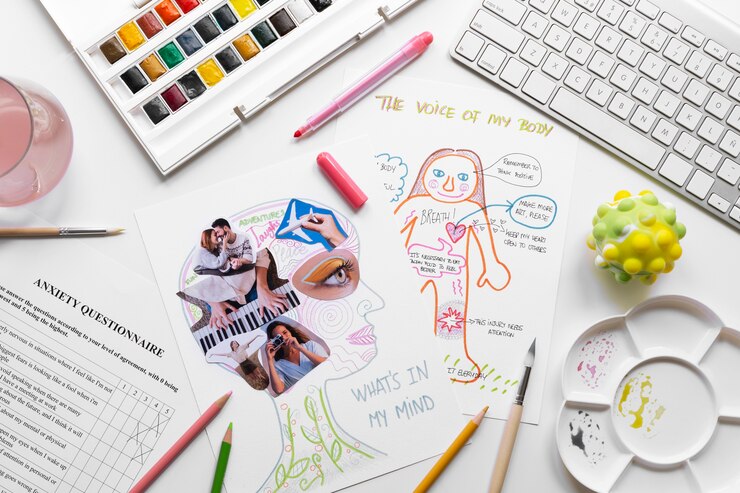
As a child therapist, I’ve put together 7 simple and immediate anger management activities for kids, requiring no preparation, that can help them develop healthy coping mechanisms.
—
### Table of Contents
When not managed, anger can disrupt a day, a week, or even a lifetime. Helping our children start on a path to emotional health involves teaching them how to understand and manage their feelings. Many parents prioritize helping their child handle anger effectively. Since most of us never learned how to deal with anger as children—often getting confusing or negative messages—it’s understandable that many parents struggle with guiding their kids in this area.
As a child therapist, my goal is to simplify this process by sharing some of the most-used and effective anger management activities for kids. *(This post contains affiliate links for convenience. If you make a purchase, I’ll receive a small commission that helps support the site’s mission. Thank you!)*
### Getting Started
First and foremost, raising an emotionally intelligent child is an ongoing process. It’s normal to see progress in your child’s emotional management, only to have setbacks the next moment. Growing up naturally involves fluctuations in a child’s ability to self-regulate. The first step in helping an angry child is for parents to recognize that anger is a normal and healthy emotion. Children need assistance in understanding and managing it. By acknowledging your child’s anger, you reassure them and help them navigate intense feelings.
### Anger Management Activities
1. **Understanding Anger Physically**: Anger is a very physical emotion. To help kids recognize this, ask them to draw their body and color where they feel anger. Kids often illustrate anger in their hands or mouth, indicating where it ‘explodes’ or ‘shouts.’
2. **Externalizing the Problem**: A child may feel empowered by giving their anger a name or drawing it as a separate entity. This helps them see anger as something outside themselves, making it easier to address.
3. **Creating a Safe Space**: Discuss with your child where they can safely go to calm down, like a corner of your home with cozy pillows and calming tools.
4. **Understanding Anger’s Layers**: Often, anger masks deeper feelings like shame or embarrassment. The “anger iceberg” metaphor helps kids recognize underlying emotions.
5. **Identifying Triggers**: Work with your child to list situations that trigger their anger. Awareness leads to better preparation and coping.
6. **Breathing Techniques**: Teach your child how deep breathing can soothe their emotions by activating the calming parasympathetic nervous system.
7. **Using an Anger Scale**: Help your child create an anger scale, like a thermometer, to rank what makes them angry and how it affects their behavior.
Developing emotional regulation skills is something you’ll always be glad you did for your child. These activities are quick, easy, and require minimal materials.
—
Looking for more tools to teach your child positive emotional management? Check out the ‘Calm Kids Set’ for practical resources. Join 30,000 other parents who receive our weekly email and a free 5-day parenting course on important topics like boosting self-esteem and gaining cooperation without causing emotional harm.
*No spam, and you can unsubscribe anytime.*
—
**About Angela Pruess LMFT**
Welcome! I’m Angela, a Licensed Children’s Mental Health Professional and Positive Parenting Coach. I’m also a mom to spirited kids who teach me something new every day. I believe that every child deserves to live their best life, and emotional health is the key to lifelong happiness and success. Learn more about me and the Parents with Confidence manifesto.



